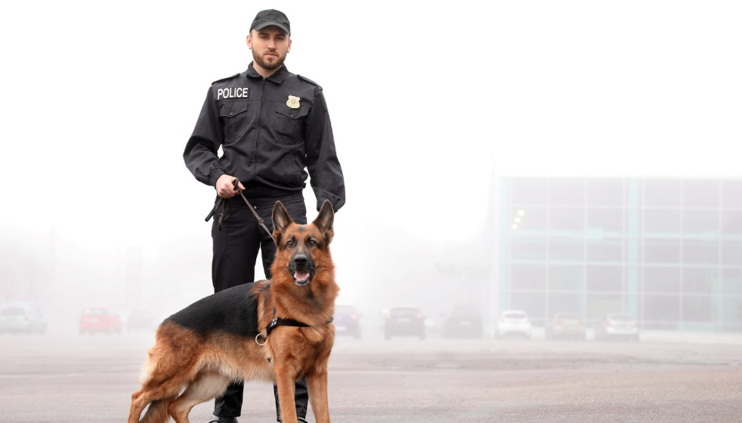How Working Dog Training Impacts Public Safety

Public safety depends on more than technology and personnel; it also hinges on well-trained working dogs guided by skilled handlers. Whether detecting explosives, locating missing persons, or subduing suspects, these dogs operate as vital assets in emergency response. Becoming a dog trainer in Gainesville gives professionals the opportunity to contribute directly to public security through structured, high-impact canine education.
The Foundation of Working Dog Preparedness
Training a working dog begins with discipline, communication, and consistency. Trainers must teach dogs to respond accurately under pressure, ignoring distractions while staying focused on their task. This requires more than basic obedience; it demands behavioral shaping tailored to real-world conditions.
Early stages of training involve exposure to environmental stressors like noise, motion, and crowd presence. These simulations prepare the dog to remain calm and compliant during chaotic or unfamiliar situations. Simultaneously, trainers focus on pairing verbal cues with immediate, reliable responses. This consistency builds a dependable line of communication between handler and dog, which is critical in active public safety deployments.
The Role of Handler Presence in Dog Performance
A major influence on a working dog’s behavior is the demeanor and control of the handler. Confidence, body language, and tone all signal how a dog should react. Understanding this dynamic is at the heart of the principle that how your dog responds starts with you, a reminder that the handler’s composure directly impacts the dog’s performance.
Training programs often include exercises that reinforce this connection. When a handler maintains a calm, assertive presence, the dog mirrors that energy. This reduces the risk of unnecessary escalation and ensures that commands are followed promptly, especially in tense or unfamiliar scenarios. Developing handler awareness is just as essential as training the dog.
Preparing for High-Stakes Situations
Beyond basic training, dogs are prepared for emergency response through advanced drills that mimic real-life incidents. These include simulated searches, suspect apprehensions, and crowd control scenarios. The complexity of these exercises helps the dog adapt to unpredictable environments and perform under stress.
One key aspect of readiness is addressed in the discussion on how police dog training prepares K9s for real-world emergencies, which highlights the importance of conditioning dogs to function in varied operational settings. From vehicle inspections to disaster response, a well-prepared dog can act swiftly and decisively when lives are on the line.
This type of training emphasizes not just execution, but decision-making under handler command. Dogs learn to identify threats, track targets, and disengage on cue, all critical for maintaining public trust and minimizing harm.
Community Impact and Professional Responsibility
Working dogs are not just tools; they are active members of the safety ecosystem. Their presence alone can de-escalate confrontations, accelerate search efforts, and provide peace of mind to civilians and officers alike. Trainers who produce disciplined, responsive K9 units contribute directly to reducing risk and increasing operational efficiency.
Alongside technical skill, trainers carry the responsibility of ensuring ethical conduct, both in training methodology and deployment strategy. Dogs should be taught to act with precision, not aggression, and to protect without causing undue harm. This level of control comes only from rigorous, professional instruction and handler-dog trust.
Conclusion
Working dog training plays a direct role in safeguarding communities. Through structured education, handler awareness, and scenario-based drills, these dogs become more than companions; they become protectors. A strong foundation, ethical training, and consistent reinforcement ensure that both dog and handler can respond confidently in moments that demand clarity, courage, and control.







